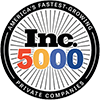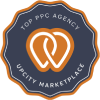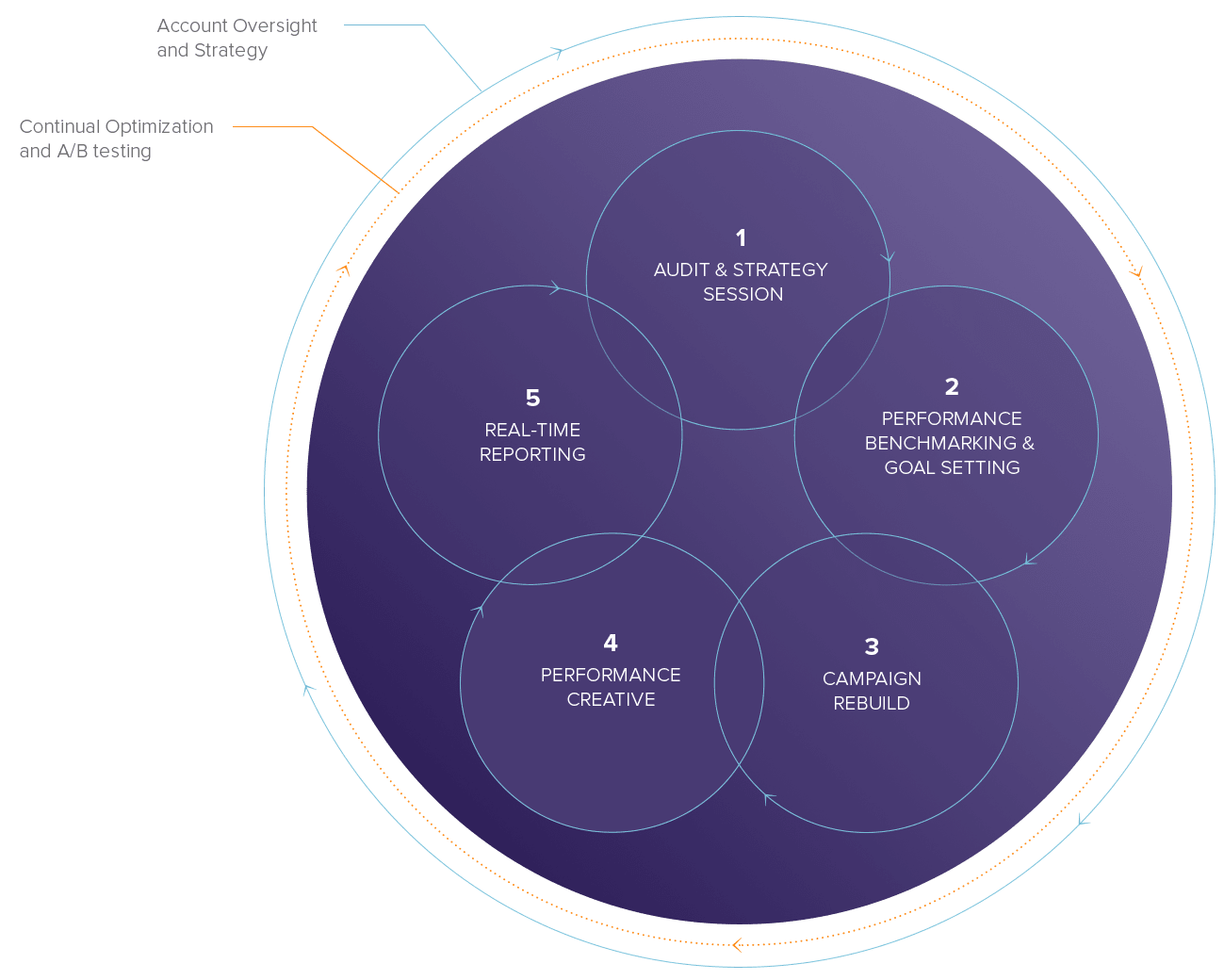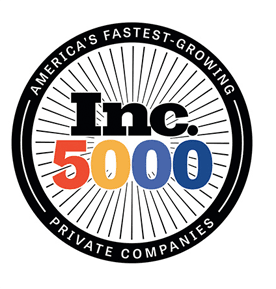Most Important On-Page SEO Elements to Include in 2021
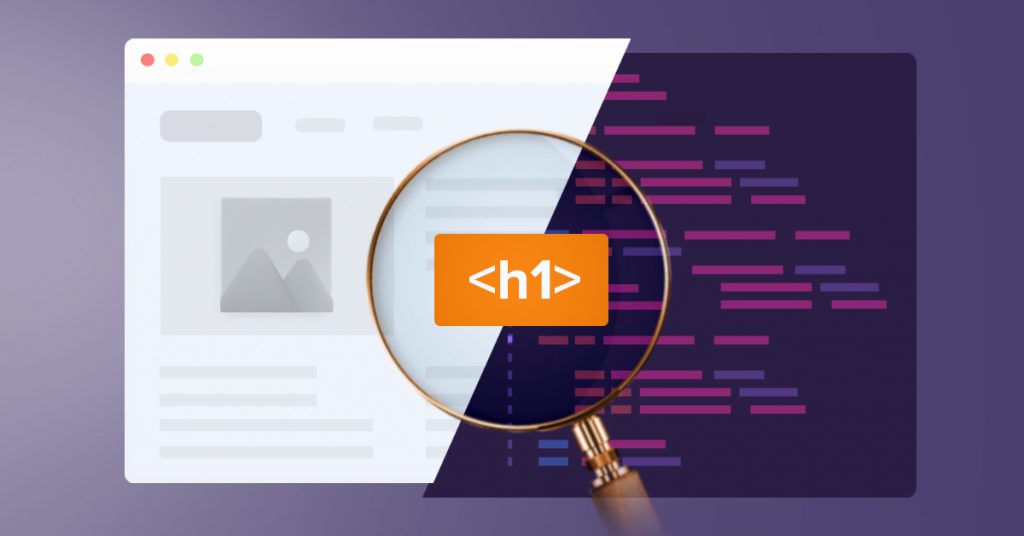
The importance of SEO is not up for serious debate anywhere. However, SEO is an umbrella term that encompasses everything that can be done to improve a website’s search engine ranking. There are many aspects of SEO that can influence ranking positions for a webpage, including on-page SEO, backlinking, and more.
Each year brings new opportunities to implement your SEO plan, and with the most recent Google Core updates, it is essential for any online entity to know the most important on-page SEO elements to consider in 2021.
Relevant SEO Content
Above all, the content of any given website, and the keyword phrase your content is targeting, must be relevant to its niche. You are crafting a particular page, with content that is relevant, to answer questions a user is searching for. And the content of your page must be highly relevant to the keyword phrase the page is targeting.
Search engine algorithms aim to deliver accurate results based on user searches. Google prioritizes filters results for pages that are most relevant.
Relevant Subheadings
As always, SEO “h1 headings” and subheadings are great opportunity to include relevant keywords that are related to the main keyword you are trying to target, synonyms and related entities. By using keywords and related entities, you’re often able to rank for more keywords than just the primary one and ultimately the page will receive more organic traffic.
Internal and External Links
Internal links are frequently overlooked in comparison to external links, when crafting a link building strategy. However, when done correctly, internal links can have a significant impact on a website. To get the most out of your internal linking structure, it needs to be organized in such a way that the pages you link to are relevant to the subject of the webpage.
Not only that, but pages have various levels of authority, some more than others. Linking from high-value pages to pages with lower authority can improve the ranking position of that lower-value page in search results for the keywords it targets. One internal linking strategy we recommend as a way of organizing internal links, is the hub & spoke model, as we discussed in an earlier post, to give the content meaningful context.
External links (links that point to your site from other websites) are notoriously difficult and labor-intensive to acquire, but they can be incredibly powerful for improving a site’s organic performance quickly. The goal is to get a website to link back to yours. While it is difficult enough to get external links in general, getting them to point to a specific page on your site can take even more effort.
While external link building isn’t an on-page element, it supports all your on-page efforts. Here are several of the most used strategies used today:
Unlinked Brand Mentions
An unlinked brand mention is a reference to your brand or product, on an external post or page, with no link to your site. The strategy here is to contact the site and request that they add a link, since they have already mentioned you. This method is great for companies that are already established and relatively well-known, locally or otherwise, and usually meets with decent success rates.
Search Google using “intext:NAMEOFBRAND -NAMEOFBRAND.com” to see a list of search results that mention the name of your brand. Go through each result to verify whether they mention the brand or not, then find the author, webmaster, or contact form to send an email with a link request.
Guest Posting
Guest posting is writing content for another website with a link back to yours. Aim to improve the ranking performance os specific pages of yours, by offering quality content to related sites on high authority pages.
Typically, but not always, this may require an editorial fee to post content on their website. You can find guest posting opportunities by using several search operators:
- [keyword] + “write for us”
- [keyword] + “guest post”
- [keyword] + “contribute”
This will populate a list of results of websites that accept guest post submissions. This will require you to vet the authenticity of the website but it can be well worth the effort.
Broken Links
Broken link building is when you find a broken link on a related site, recreate the content from the dead link on your own site, and market that content to anyone linking to the dead resource for a link.
You can find broken links from any website by using Ahrefs.com. This tool can provide you with a list of pages that no longer exist with links to them. Determine what you want to write about and who to contact, then execute your own strategy to offer replacement pages for those dead links. Many webmasters will appreciate the offer and readily switch their dead link to point to your site instead.
Skyscraper Technique
Skyscraper content involves finding a linkable asset, content that is incredibly useful, and creating something better.
Use Ahrefs to search for a linkable asset by viewing a domain’s top pages, then find one that generates a lot of backlinks. Improving the content of a page could be as simple as making it longer, but could also require up-to-date edits, design, or more in-depth copy.
Once the content improvements have been made, contact a relevant site that has already linked to an article on a particular topic and request they link to your new and improved content instead.
Relevant Title Tags
Title tags hold their own importance not only for SEO but for relevance to user searches. An effective title tag should include the targeted keyword and a unique, accurate description of what the page is about. And title tags are arguable one of the most important on-page SEO elements, so it is important to craft them well. Put the most important words first, don’t keyword stuff, and make them as relevant and enticing as possible. Also, check out what the competition is doing, and improve on it.
Relevant Images with Alt Tags
While alt tags might not seem as important as everything mentioned above, and don’t influence page rankings directly, they help search engines decipher the relevance of an image file and make your site more accessible. A good alt tag describes the content of its associated image, by providing “alternative text” that can be read by screen-reading software and by Google. An accurate alt tag can be an effective part of optimizing a webpage and give descriptions of images for those that are visually impaired.
Google Core Web Vitals
Google Core Web Vitals are standardized metrics from Google which allow developers to better comprehend how the audience experiences a particular web page. Typically, content loading speed, visual stability, and interactions are measured and analyzed to determine a page’s health score.
In other words, a page’s performance, and by extension the site, most certainly has influence on ranking positions. When you stop to think about why that is, it makes sense. For example, if a site has poor loading speed, then the chances are most visitors won’t stick around to wait for it to load, which results in a high bounce rate. This is obviously a red flag to Google and can result in a significant drop in rankings.
You can use Google Pagespeed Insights to discover issues along with instructions on how to tackle them.
In conclusion, although there are many more ranking factors to include, listing them all takes focus away on the on-page SEO elements that matter most. By prioritizing relevant content, subheadings, internal & external links, title tags, alt tags, and on-page performance you will have a solid head start in ranking your pages.
Let us know if we can help you with your SEO strategy for the coming year.
You might also be interested: What is Technical SEO? A Guide for Small Business Owners and see the best New York SEO companies here.





